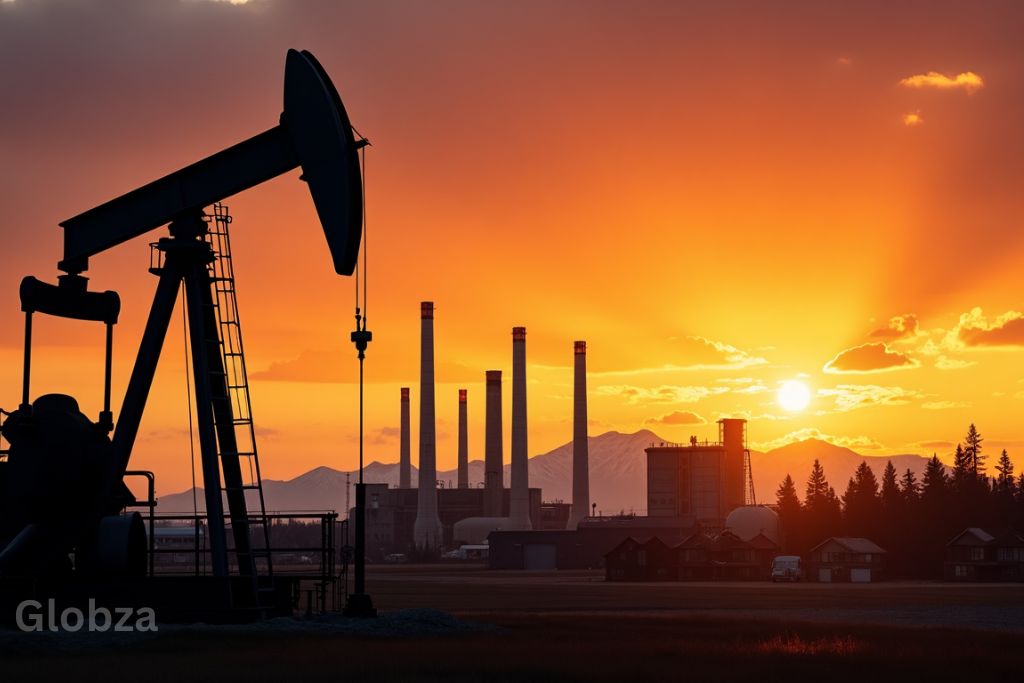In Canadian Politics 2025, a surprising shift has emerged. After weather-related insurance losses tripled to C$8.5 billion in 2024, the fossil fuel industry is regaining strong political support. Despite Canada’s promise to cut carbon emissions by 40–45% before 2030, it has only reduced emissions by 8.5% since 2005.
Unlike the 2021 political climate, when environmental protection was a top voter concern, both major parties now favor expanding fossil fuel production. Canada, still America’s top foreign oil supplier, sends 90% of its crude oil to U.S. markets. So how did we get here? Let’s explore the surprising evolution of Canadian politics in 2025 and the reasons behind this fossil fuel resurgence.
Why Fossil Fuels Are Back in Canadian Politics 2025
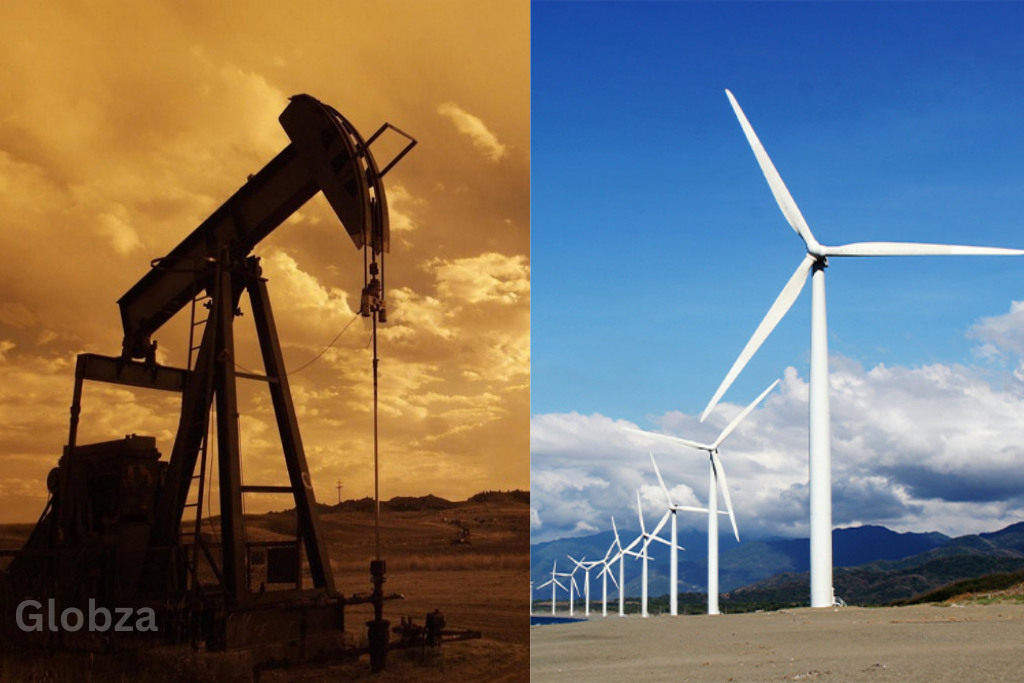
Several factors are behind the return of fossil fuels to the forefront of national energy debate. From affordability concerns to geopolitical pressure, Canadian Politics 2025 is being shaped by real-world demands.
Energy Prices and Affordability Challenges in 2025 Canada
More than 20% of Canadian households in the lowest income brackets experience energy poverty. Energy prices have surged faster than overall inflation, particularly impacting regions like Atlantic Canada, where 24.6% of households face affordability issues. This economic pressure has made energy policy a critical concern in Canadian politics.

Voter Fatigue Over Climate Policies in Canadian Politics
While many Canadians still support environmental goals, backing for carbon pricing has dropped below 50%. Economic stress is reshaping priorities, and climate policies now face skepticism—especially if they raise electricity costs. Support for electrification is falling, and climate concerns have taken a backseat to everyday living costs.

Strong Global Demand Reshapes Canadian Energy Policy 2025
Canada exported over 60% of the 6.6 million barrels of oil the U.S. imported daily as of late 2024. The Trans Mountain pipeline expansion tripled Alberta’s oil transport capacity, opening global markets in Asia. Canadian Politics 2025 is now driven by this energy export strength.
How Energy Decisions Are Made in Canadian Politics 2025
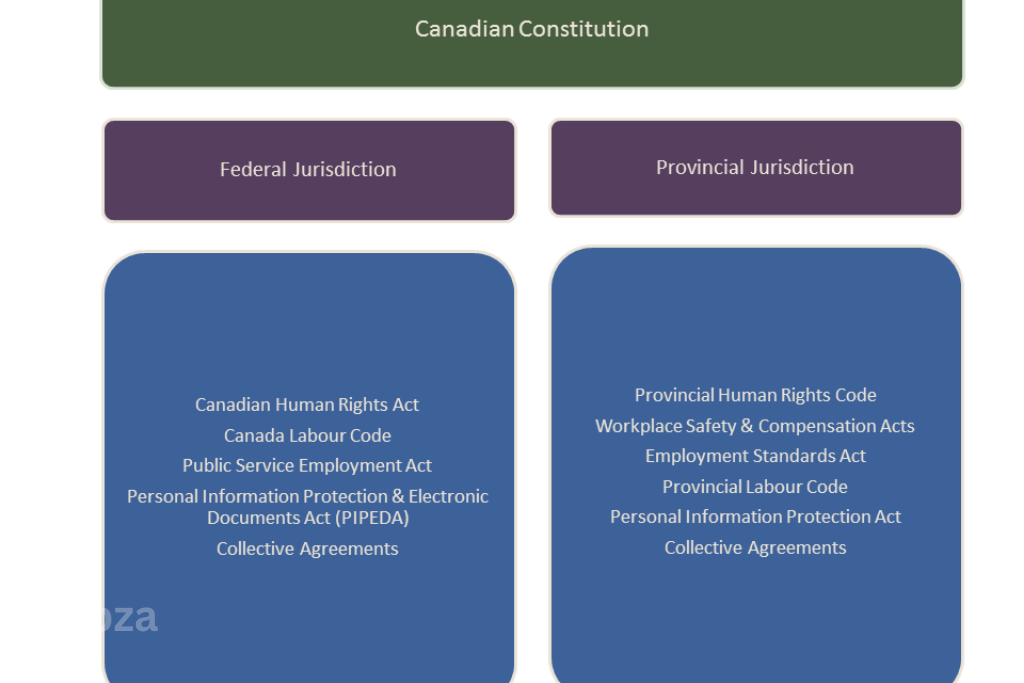
Understanding how Canada’s energy system operates can help explain today’s policy direction. Political dynamics between provinces and the federal government shape everything from taxes to pipelines.
Shared Powers: Provinces vs. Federal in Canada’s 2025 Energy Politics
Canada’s Constitution gives provinces control over natural resources, while the federal government manages interprovincial and international trade. This creates a patchwork of policies across the country. Collaboration is essential, especially with overlapping jurisdiction on environmental regulation.
Regional Divide in Party Platforms Across Canadian Politics 2025
Political platforms vary widely depending on the region. The Conservatives favor ending carbon taxes, while the Liberals support emission caps with pipeline flexibility. The NDP supports industrial carbon pricing but opposes pipeline expansion. These differences reflect deep regional divides in Canadian politics—particularly between energy-producing provinces and energy-consuming ones.

Shift in Party Positions Since 2021: A Political U-Turn in Canada
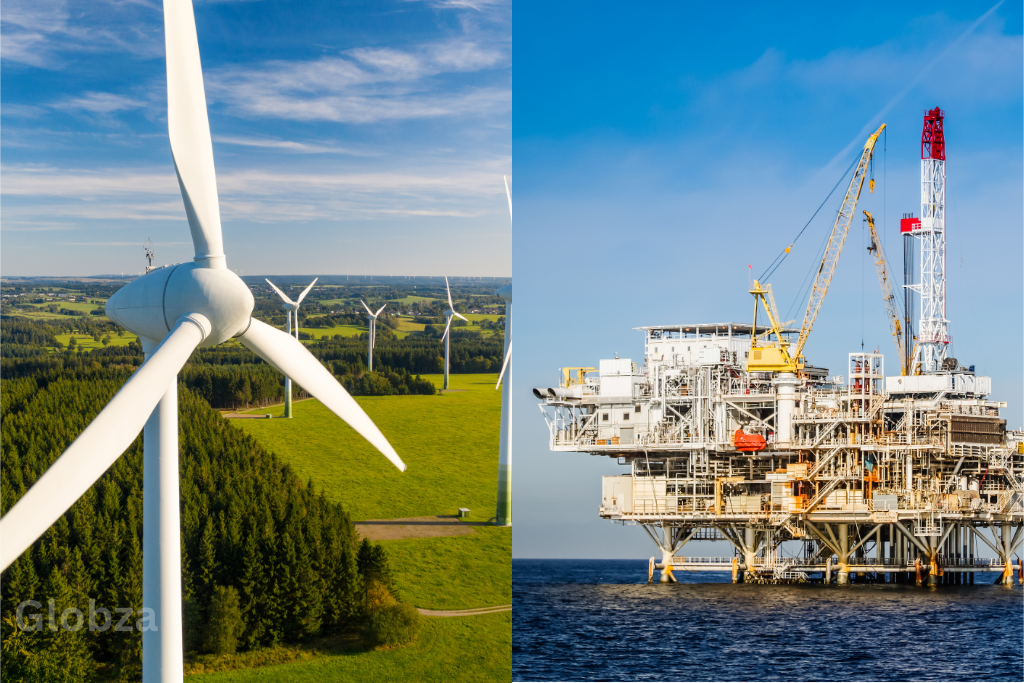
Canadian Politics 2025 shows a sharp turn from climate cooperation to energy divergence. Here’s how the two major leaders are reshaping the landscape.
Carney’s Dual Approach to Energy in Canadian Politics 2025
Prime Minister Mark Carney canceled the consumer carbon tax but retained the industrial carbon pricing system. His platform backs oil and gas growth alongside clean energy, including:



Poilievre’s Pro-Fossil Fuel Agenda Shapes 2025 Political Landscape
Opposition leader Pierre Poilievre supports full deregulation of fossil fuel production. His promises include:



Both leaders agree on reducing dependence on U.S. energy systems, but their paths diverge dramatically.

Climate Targets in Canadian Politics 2025: Still Achievable?
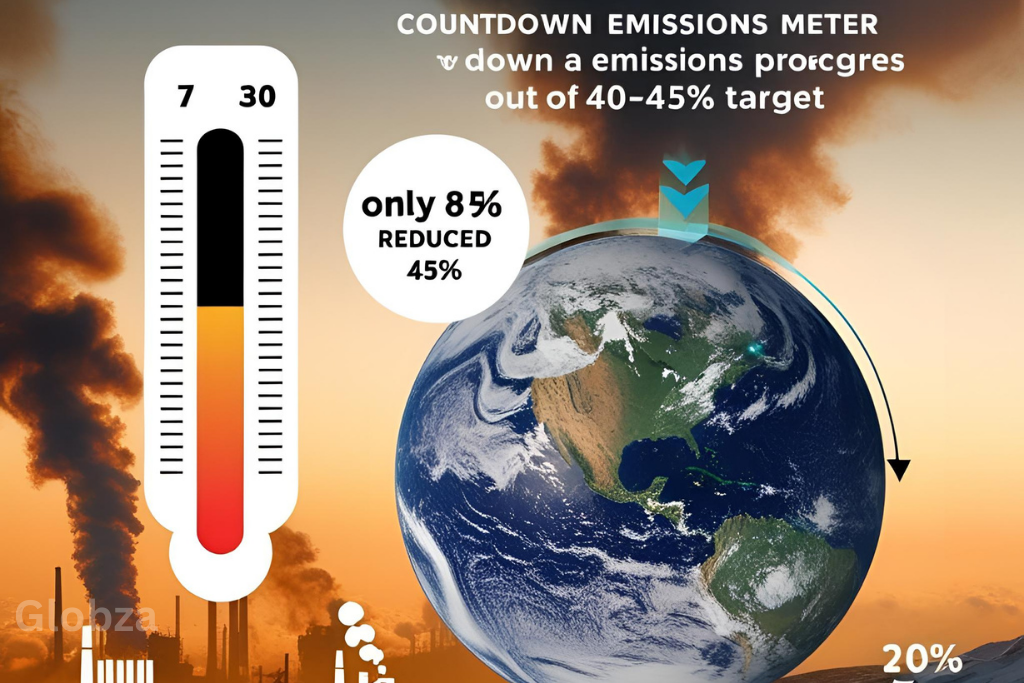
With just five years until the 2030 deadline, Canada has only cut emissions by 8.5%. Meanwhile, fossil fuel production is projected to grow through 2050. This makes the 2030 climate targets increasingly difficult to achieve.
Carbon Tax Rollback Weakens Progress in Canada’s Climate Strategy
Removing the carbon tax may increase 2030 emissions by 12 megatonnes, according to the Canadian Climate Institute. Originally, the tax was meant to reach $170 per ton by 2030 to drive meaningful change.
Balancing Economic Growth vs Climate Action in 2025 Canada
Both major parties claim fossil fuel expansion can coexist with climate action. But scientists argue this isn’t mathematically possible without major trade-offs. Canada now faces tough choices that impact clean tech investment, international credibility, and long-term environmental strategy.

Conclusion: Canadian Politics 2025 at a Crossroads
In Canadian Politics 2025, fossil fuels have made a political comeback, driven by economic pressure, public opinion, and global energy markets. The cost of living and demand for affordable energy now dominate the national agenda. Despite bold climate promises, political leaders are adjusting their strategies.
Whether through Carney’s dual-energy model or Poilievre’s oil-first plan, Canada is moving away from the unified climate stance seen in 2021. With only a small reduction in emissions so far, achieving the 2030 climate targets seems increasingly difficult.
As Canada continues to act as a global energy supplier, it must reconcile its environmental commitments with economic and political realities. The future of Canadian politics will depend on how leaders—and voters—choose to navigate that balance.
Xi Jinping Visit: Southeast Asia Strategy, Trade, and Diplomacy – See More
